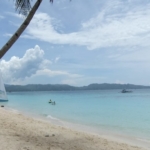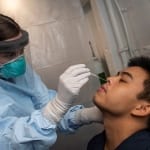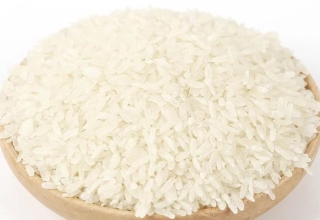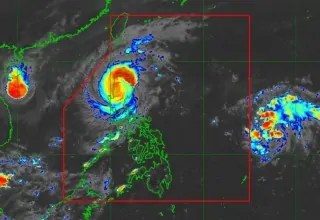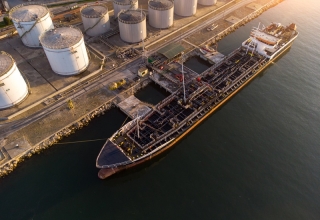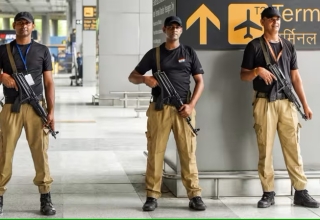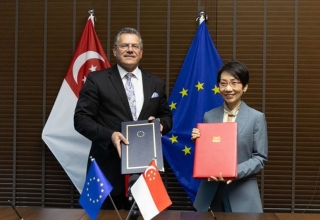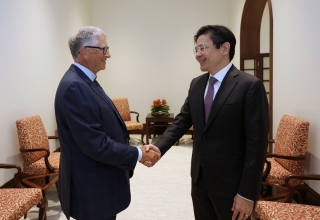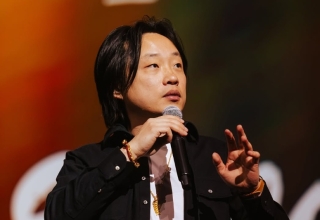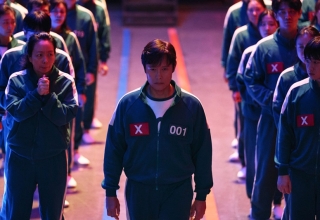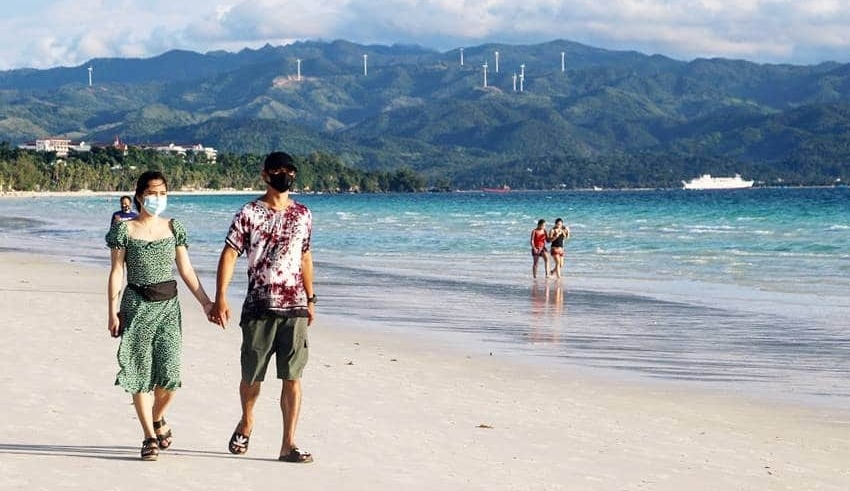
A day after meeting with Chinese Ambassador to the Philippines Ambassador Huang Xillian, Aklan officials and local government and business leaders in the country’s most popular tourist destination stated they anticipate the return of Chinese tourists on January 9.
“We discussed the prospect of Chinese tourists returning in the near future. We are pleased with his arrival,” Malay Mayor Floribar Bautista told Rappler in a phone conversation.
Sunday lunchtime at the Henann Regency Resort, Bautista joined Aklan Governor Jose Enrique M. Miraflores, other officials, and business executives for a meeting with Huang.
The Chinese envoy’s trip was described by Bautista as “an ocular visit.” Huang landed in Aklan via the Kalibo International Airport and is anticipated to remain until January 10.
The ambassador also observed the Ati-atihan Festival, which was held on Sunday morning at the front beach.
In a Facebook post, Huang stated that future tourism collaboration and agricultural potential, including hybrid rice, bamboo industries, fruit plantations, fishing, and education, were discussed.
Before the outbreak, there were more than 20 direct flights from China every week and about 400,000 vacationers per year to Boracay. China is up its borders to international tourism, and the ambassador predicts an increase in Chinese outbound travelers later this year.
Sunday night, Malay Health Officer Dr. Athena Magdamit informed Rappler that she had outlined the local government’s campaign against the spread of COVID-19.
Other local government representatives gave data on tourism and public safety.
Chinese-Filipino businessman Ronald So from nearby Capiz province stated that the return of Chinese visitors is beneficial to the economy. notably for the province of Aklan, which holds authority over Boracay.
Keep Reading
“With an increase in visitor arrivals, our economic value chain will improve, leading to a stronger economic recovery and enhanced economic activities. It will improve the local economy as well as the entire value chain,” he said.
The COVID-19 epidemic, which entered the Philippines in March 2020, forced then-president Rodrigo Duterte to impose one of the world’s most extensive lockdowns.
The nation has just resumed face-to-face activities, including the Christmas and New Year’s Eve festivities. In January 2023, the Ati-Atihan and other legendary fiestas such as the Sinulog will return to the streets.
With 1.74 million arrivals in 2019, China, with a population of 1.4 billion, was the Philippines’ second largest tourist market.
That year, Chinese tourists dominated arrivals to Boracay. In the first five months of 2019, there were 218.161 tourists, compared to 148.964 during the same period in 2018.
Part of the increase in Chinese 2019 arrivals was attributable to direct flights from various Chinese provinces and cities, including Shanghai and Wuhan, with the latter becoming the epicenter of COVID-19 by the end of 2019.
During the pandemic, flights from China to Caticlan airport in Malaysia, which is just a short ferry ride from Boracay, were suspended and have not yet resumed.
Bautista did not respond to concerns regarding the recent increase in COVID-19 cases in China, which coincides with the country’s repeal of stringent virus controls.
The visit of Huang followed the signing of an Implementation Program on Tourism Cooperation between China and the Philippines on January 4, during the three-day state visit of President Ferdinand Marcos Jr.
The bilateral agreement includes the resumption of direct flights in an effort to restore the number of tourists to pre-pandemic levels.
Before Marcos and Xi Jinping, Philippine Tourism Secretary Christina Garcia Frasco and Chinese Culture and Tourism Minister Hu Heping inked the agreement.
But the current COVID-19 outbreak in China has alarmed Asian neighbors.
The Philippines abolished most COVID-19 health restrictions, including mask requirements, in 2022, citing tourism as the primary reason. By the end of the year, however, the government was considering implementing COVID-19 checks for tourists traveling from “high-alert countries,” such as China.
The Department of Health (DOH) issued a “very urgent” memo on December 31 instructing all Centers for Health Development (CHD) directors to observe enhanced border restrictions at all entry points.
The Department of Health said on January 4 that eight unvaccinated Filipinos who entered the country from China tested positive with COVID-19.
